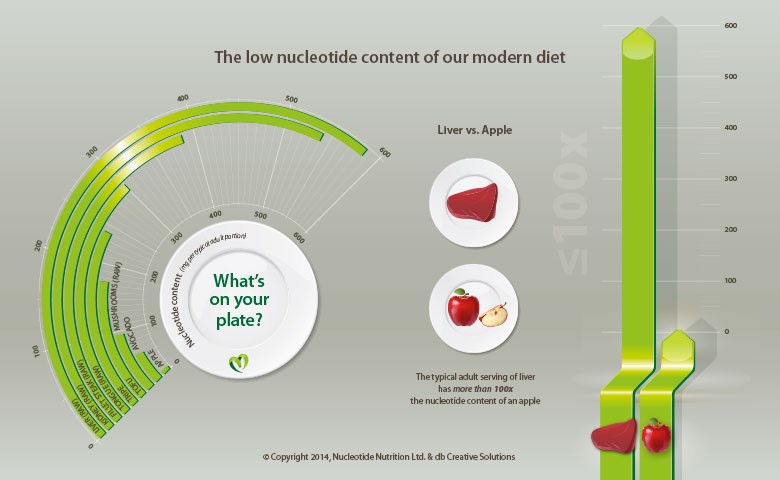Generally speaking, managers of chemistry laboratories operating in the contract food testing sector prefer a simple life. It is a highly competitive industry in which there is a strong requirement for efficient and cost-effective analysis. This leads to an emphasis towards rugged and widely applicable methods allied to process control, and is reflected in the fact that the cost of nutritional testing is probably less than half, in real terms, of that which it was 20 years ago. Accompanying this revolution in scientific practice has been true technological advances from instrument suppliers. Even the most routine testing facility may be using nuclear magnetic resonance (nmr), microwave units, and the latest advances in chromatography.
Such progress in contract food testing is based upon the fortunate fact that the analytical requirements for nutritional labelling have been broadly the same for the last 20 years. This allows for the development of “fit for purpose” methods that are widely applicable across a vast range of food types and sample matrices. The inevitable result is that laboratories become a production facility and benefit from all the controls and efficiencies that follow.
However, sometimes problems can arise, and sometimes this can be due to the fact that the food innovation community and the contract food testing community are not necessarily facing in the same direction. It is in such times that the experienced and resourceful analytical chemist may find that life becomes interesting again.
The main weakness within modern efficient laboratories is the Rumsfeldian concept of “unknown unknowns”. A classic example of this can be illustrated by the increased use of industrially produced soluble fibre compounds within food. There are standard methods for the determination of total dietary fibre (TDF) in food. These will usually be based upon procedures accepted by the AOAC (Association of Analytical Communities) such as method 991.43 for soluble, insoluble and total dietary fibre in foods. Unfortunately, this method will only really recover the relatively large molecular weight fibre components that occur naturally. Small molecular weight soluble fibre molecules, clearly defined within the regulatory framework as dietary fibre, are not detected. Therefore, if a product to which inulin has been added is sent for standard labelling analysis then the reported results will almost certainly not be those expected by the submitting food business. However, if the laboratory does not know such ingredients are present then they are not going to look for them. They will only test for “known unknowns”.
It must be pointed out that suitable test methods can usually be sourced, and in this case a number of alternative appropriate analytical approaches are available from specialist laboratories. A simple conversation between the food business and its chosen contract f ood testing laboratory prior to sample submission may well save many anxious phone calls and missed deadlines.
ood testing laboratory prior to sample submission may well save many anxious phone calls and missed deadlines.
Therefore, such an example highlights that engagement between new product developers and analytical technical specialists is important. This is especially true prior to new product development or innovative approaches to food production. It should help give everyone a simple life, and hopefully an interesting one too.
Antony Bagshaw is founder of AB Consulting, Consultants to the food and food testing industries and is an experienced analytical chemist and technical specialist developed ove 20year with leading laboratories such as Alcontrol, Leatherhead, Eurofins and Exova.




